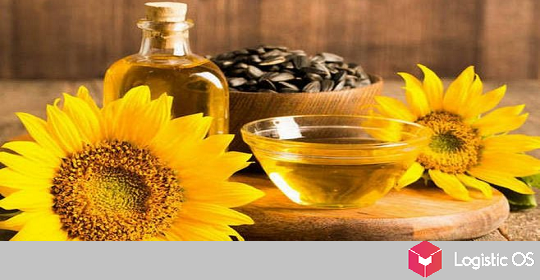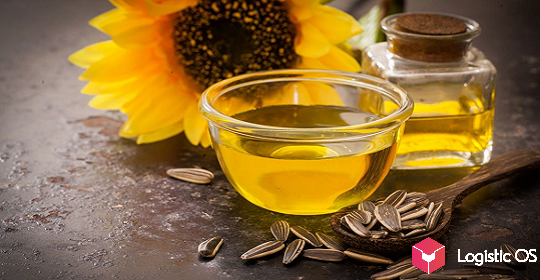According to Rosspetsmash statistics, in the first half of this year the volume of agricultural machinery supplies to the domestic Russian market grew 1.5 times.
The growth in the availability of Russian machinery is a positive trend, since the import of agricultural machinery from abroad is now complicated by several factors:
Logistics issues.
Lack of components.
High cost due to exchange rate differences (ruble-dollar).
This is what makes Russian enterprises buy domestic equipment.
In the first half of the year, sales of almost all of its types increased:
Plows: + 67%.
Tractors: + 43%.
Harrows: + 45%.
Sprayers: + 37%.
Planters: + 15%.
Combine harvesters: + 10%.
In total, in January-June 2021, farmers bought equipment on the domestic market for 94 billion rubles.
Will the state support program be preserved?
This activity is largely due to the fact that at the moment the government supports farmers with subsidies.
When buying Russian equipment, a discount is provided, which is paid from the budget. For example, this year, discounts were provided for 10.5 billion rubles.
At the same time, 10 billion rubles have been allocated for such needs in 2021. That is, the limit has already been reached.
In this regard, the agrarians are worried: if there are no more discounts, then Russian equipment for them will immediately rise in price by at least 10-15%.
Foreign suppliers are also not encouraging with prices: they grew by 5-10% for European manufacturers, and 10-20% for American ones.
So it turns out that in the event of the curtailment of the state support program, agricultural producers may be left without equipment at all.
After all, to sell grain for export without restrictions, which could bring money sufficient to buy equipment at today’s prices, do not give quotas and duties. And the only hope in this situation is precisely on the help of the state.
Generally speaking, the number of agricultural machinery in the fields of Russia is deplorable. In Germany there are 65 tractors per 1000 ha, in China — 28, in Belarus 9, in the Russian Federation — only 3.
Average tractor service life is 25 years (very long). From the level of 1990, only 15% of the machinery works in the fields today (200 thousand instead of 1.3 million).
In the 2000s and early 10s, the import of agricultural machinery was about 70%.
By 2018, it has dropped to 40%, while its own production is gradually increasing. But from the above figures it can be seen that the day when the farmers will have enough available tractors is still far away.
As Russian President Vladimir Putin noted at a meeting of the State Council in 2020, in the country of 122 million hectares of agricultural land, about 40 million hectares are overgrown with weeds. Including, due to the lack of technology.
For this reason, farmers very much hope that, at least, the program for subsidizing the purchase of domestic products will be extended for the next year. And ideally, it’s also expanded.

